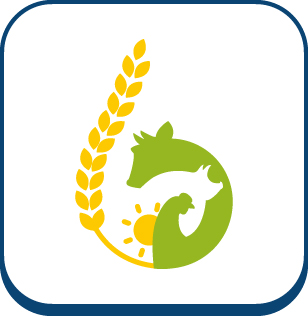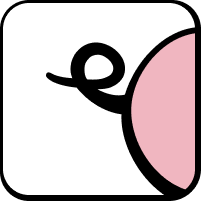Individual trajectories of pig farming in France: mechanisms, determinants and prospects
Fiche technique
Titre :
Individual trajectories of pig farming in France: mechanisms, determinants and prospects
Date sortie / parution :
2022
Référence :
73rd Annual Meeting of the European Federation of Animal Science (EAAP), Porto, Portugal, 5-9 septembre 2022
Auteurs
Quelques mots clés
Autres documents
Antibiotic-free pig supply schemes in France: a lever for valorisation and progress
Abstract. The European project ROADMAP promotes transitions for prudent and responsible antimicrobial use in livestock farming. In this project, we analysed the antibiotic (AB)-free schemes in pig industry in France.…
Publié en 2022In-depth analysis of supernumerary piglets management using new functionalities of PertMat
Abstract. The expert tool PertMat developed by Ifip-Institut du Porc performs automatic pre-weaning mortality profiling and detection of main risk factors in pig farms. First results showed that large litter…
Publié en 2022Economic assessment of amino acid deficiency or feed restriction during the pig fattening period
Abstract. The profitability of pig farms is influenced greatly by feed efficiency and carcass grading. The aim of this study wasto assess the economic impact of two feeding strategies during…
Publié en 2022In utero heat stress and post-natal feeding behaviour, growth and carcass performance in pigs
Abstract. Heat stress (HS) experienced in utero could have long-term effects on pig performance and especially affects lean deposition rate during the growing finishing phase. The aim of the study…
Publié en 2022








